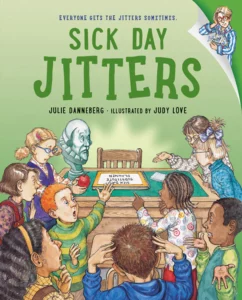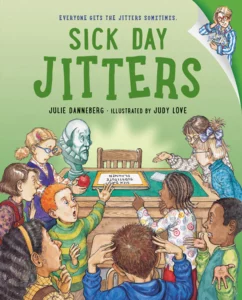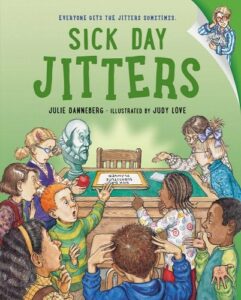 Anne Lamott calls the first draft of a story or essay the throw up draft because the point is to get all of your thinking and your ideas on paper.
Anne Lamott calls the first draft of a story or essay the throw up draft because the point is to get all of your thinking and your ideas on paper.
Once the first draft is done, the work of revision begins.
But how?
At the beginning, of course! Revision starts by defining the focus, the “so what?” or the theme of the article or story that you are writing. It is that knowledge that drives revision because once you are clear on what you want the reader to think and feel as a result of reading your writing you are ready to make decisions about the structure of the piece: Knowledge of the focus helps you know what to keep, what to cut, what the right words are, which anecdotes to use and more. I have found that the more fully I have articulated what I want to achieve with a particular story or article, the easier it is to achieve it through revision.
Here is how I taught this skill to my students:
Objective:
At the end of this lesson, students will be able to articulate the focus or the theme of their article/story/poem by writing a focus statement. They will also understand that knowing the focus of their writing, knowing what they are trying to achieve with their finished piece, will help them make both large and small decisions regarding revision.
Lesson:
- Explain/discuss the link between knowing your focus and decisions you make about revision.
- Have students engage in reflection by answering these questions in their writing journals:
Who is the audience for this piece? (Are they going to share it with their grandparents? Send it in to the newspaper? If necessary, the audience can be made up, but it should always be bigger than just “my teacher.”)
What do you want the reader to learn by reading this piece? What is the lesson or the gained awareness? (This should be named with both nonfiction and fiction pieces.)
How do you want the reader to feel after they are done reading? ( Hopeful? Motivated to action? Motivated to pay more attention to nature? Happy because the story was funny?)
Why are you writing this? ( If their answer is “because my teacher told me to, have them try to come up with another reason as well?)
- After having taken the time to thoughtfully answer these questions, each student should be able to decide, or at least begin to zero in, on the focus of their piece. Have them write it in a sentence or two: As a result of reading this story/article, my readers will learn _________ and will feel _______.
- When they start their revision, have them put this sentence on the top of their paper in order for them to keep the focus in the forefront of their mind..
Having articulated their focus, the writer can now move purposefully through the many choices that one makes when revising. From big decisions regarding how the piece is structured to smaller decisions regarding individual word choice.
As a writer, not everything I do translates into what I have students do in the classroom. But I found that this one little trick helped give them a solid direction for their revision.
Have your students try it. I bet it will help them too.


